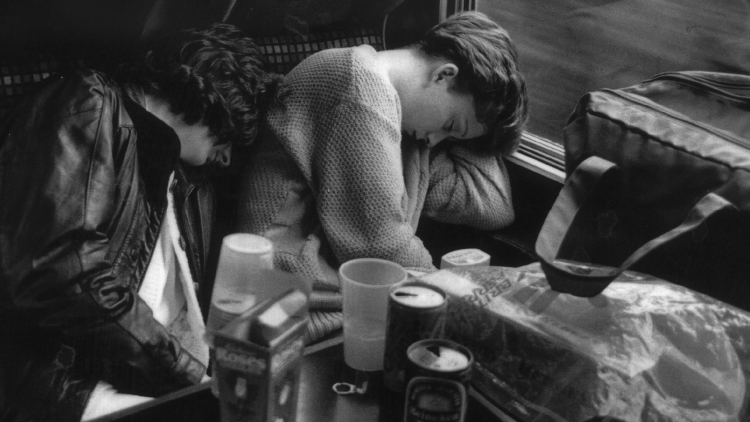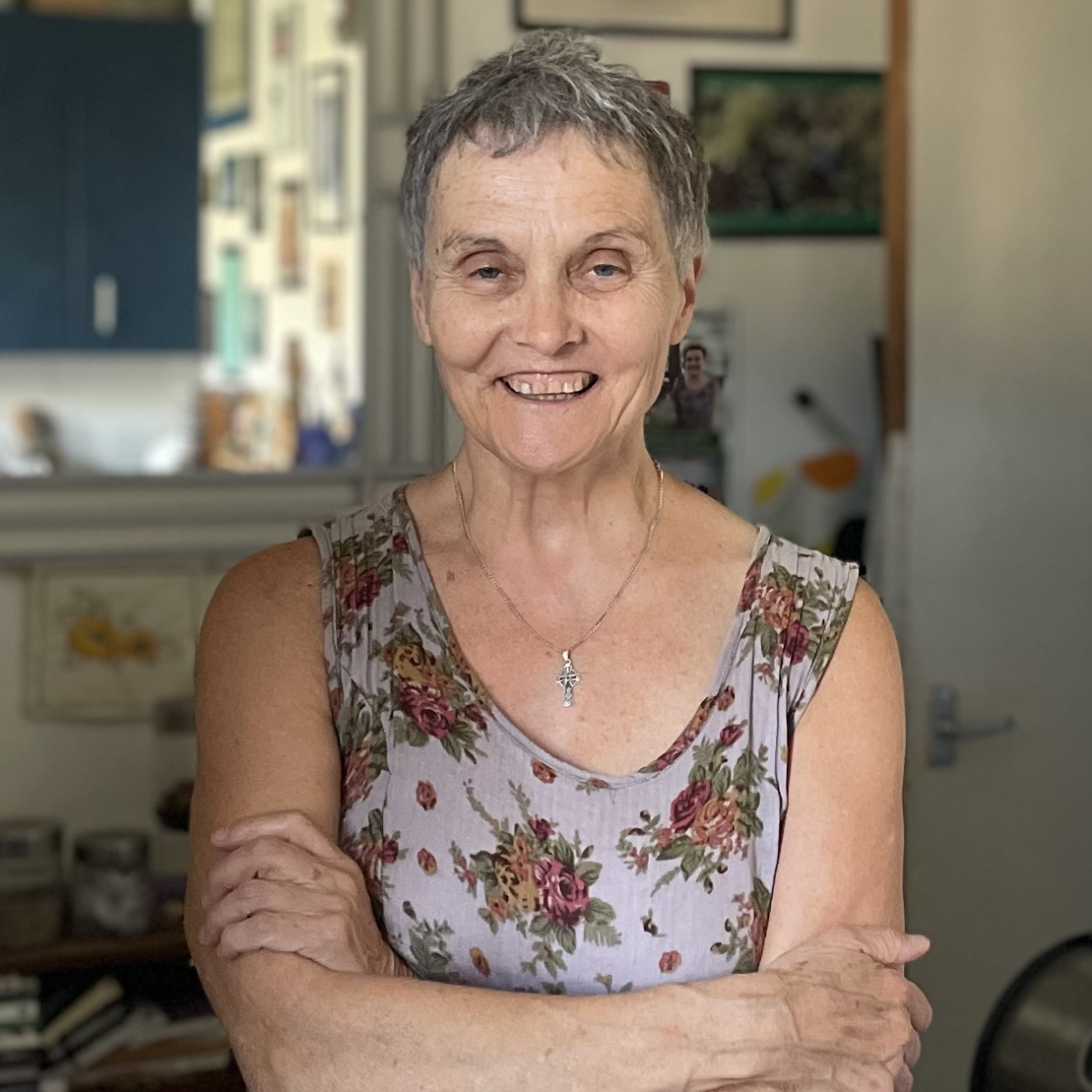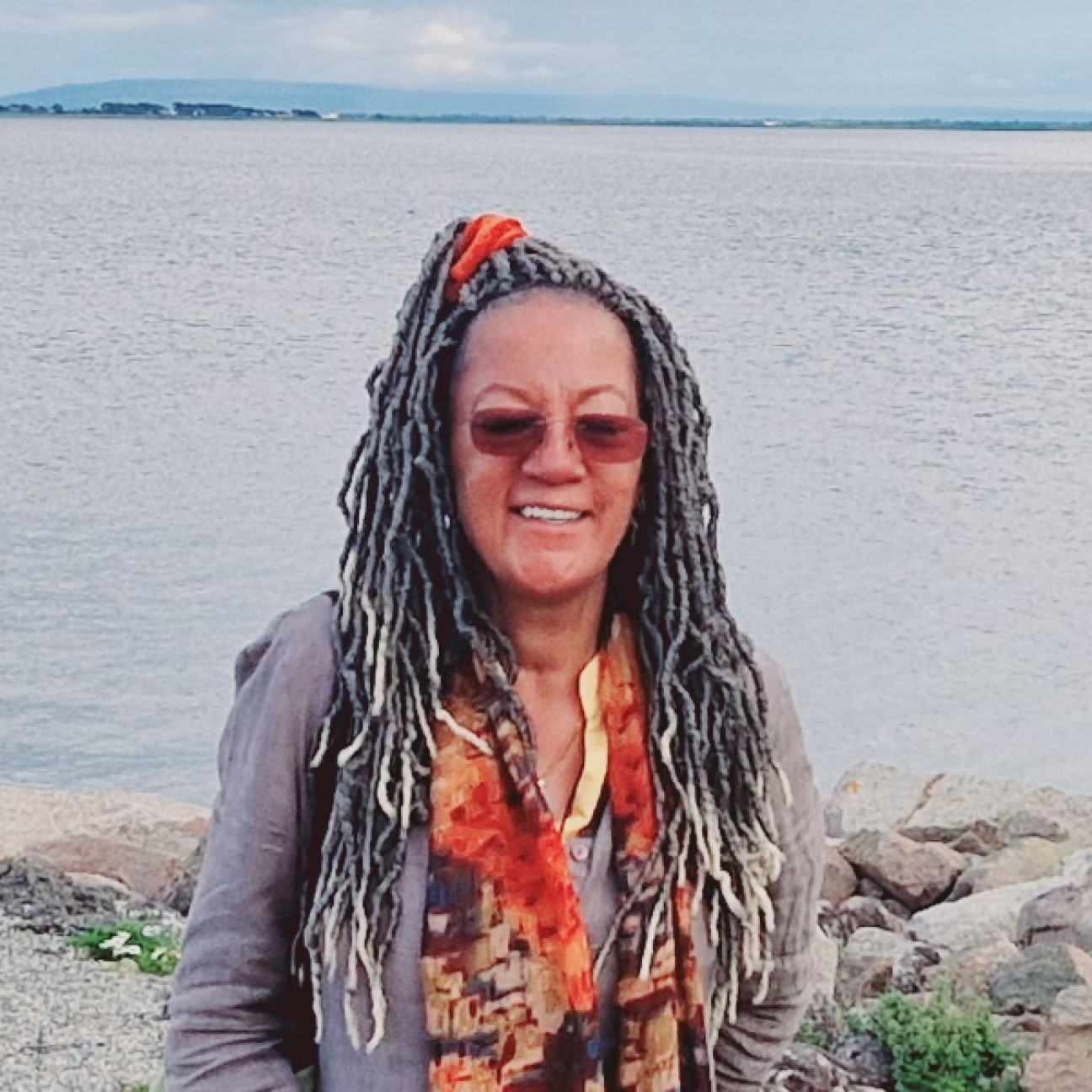Irish immigration to Britain has a long, rich history, with the Irish community making significant contributions to British society. This exhibition focuses on the past five decades, capturing successive waves of emigration driven by different factors.
Some came to Britain to escape cultural conservatism, conflict or discrimination. Others left Ireland in a wave of youth emigration during the 1980s recession.
The economic boom of the Celtic Tiger attracted many skilled Irish workers back home, but also saw a continued flow of people to Britain.
The global financial crisis of 2008 and its impact on the Irish economy prompted newer emigration flows to Britain.
This exhibition highlights the multifaceted journey of Irish immigrants and their enduring impact on Britain. The stories exhibited here celebrate the shared heritage and contributions of the Irish diaspora.
































